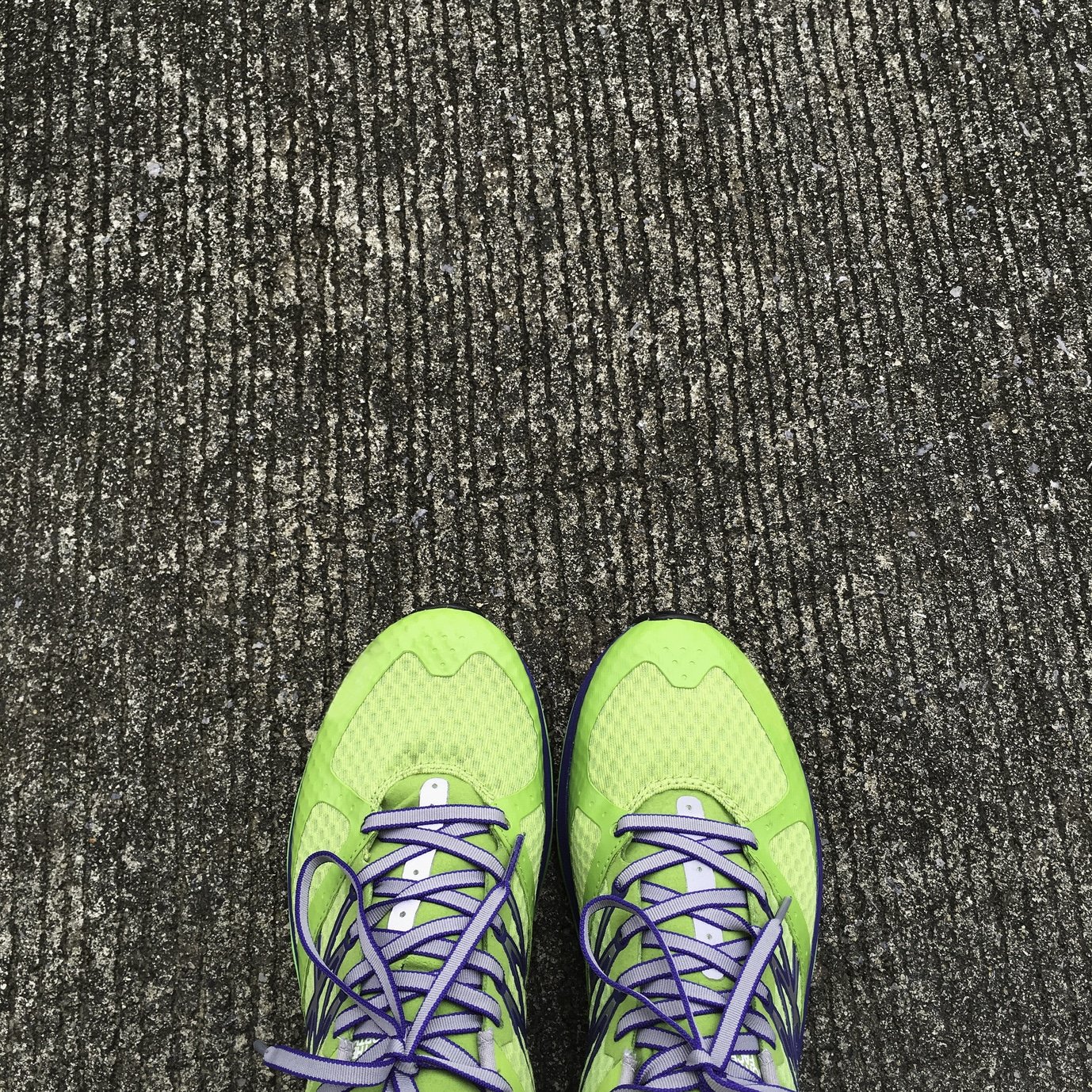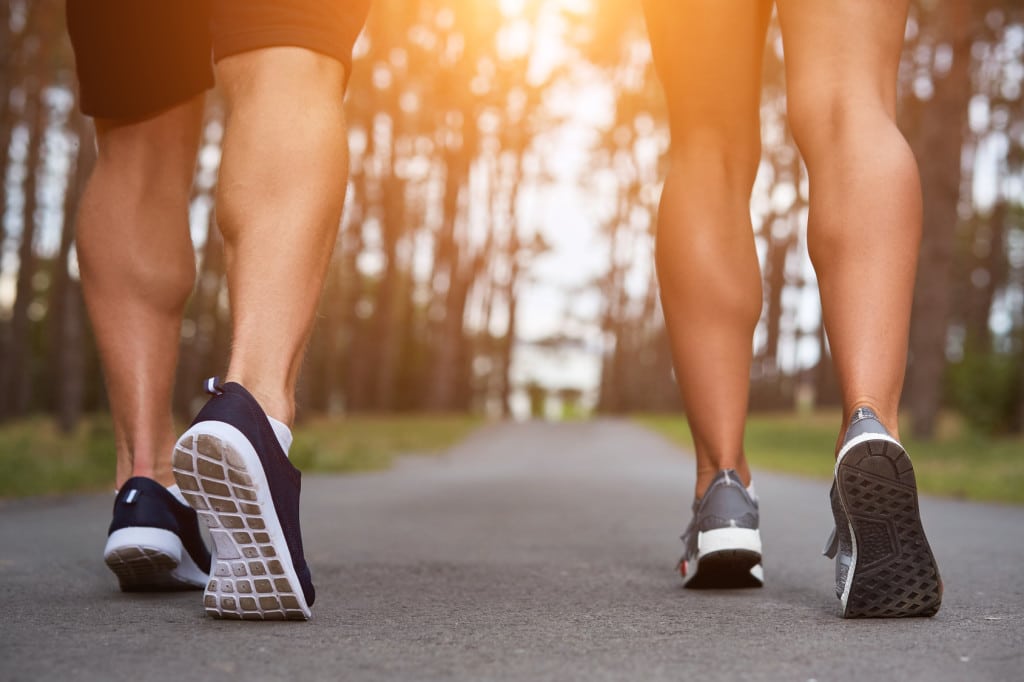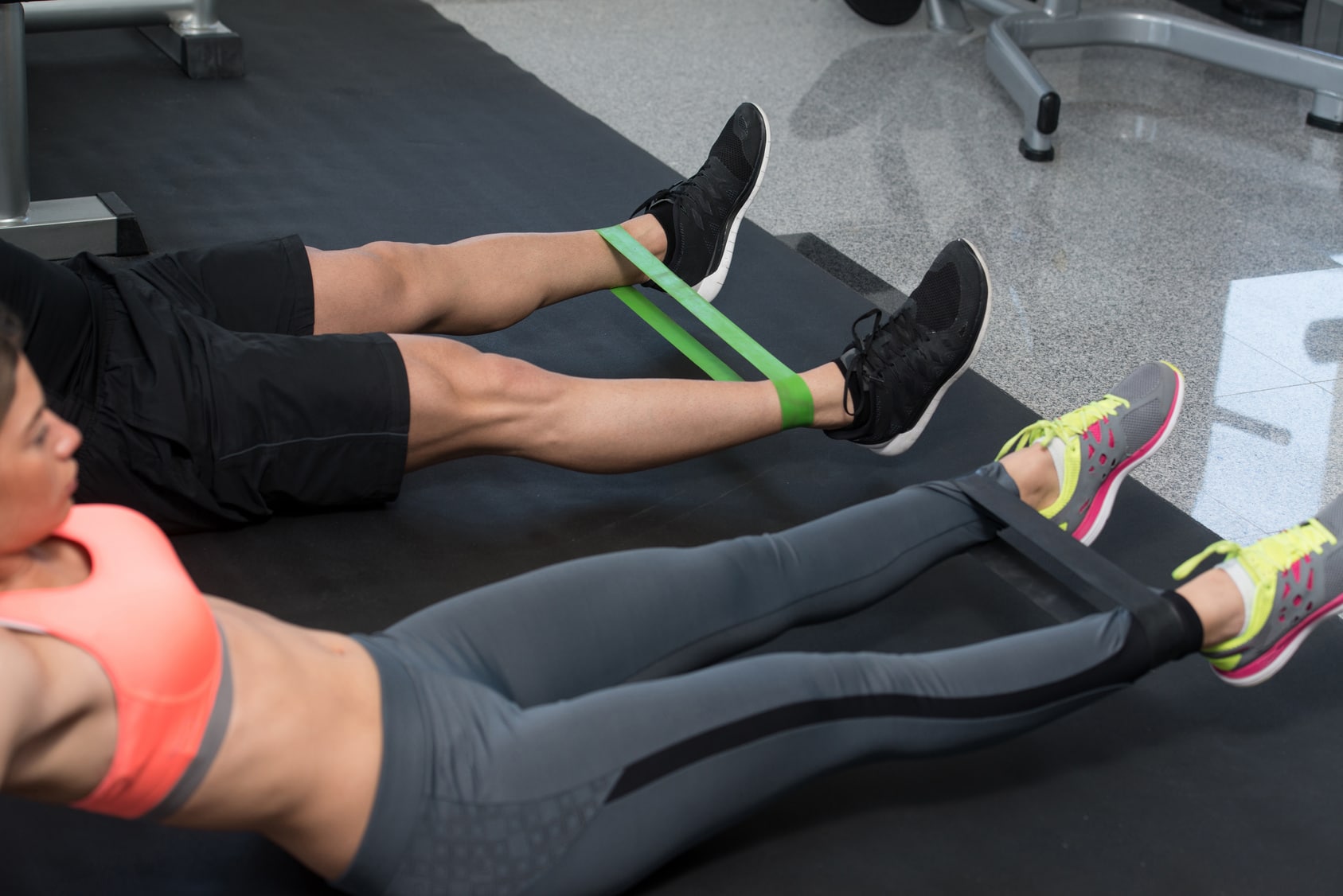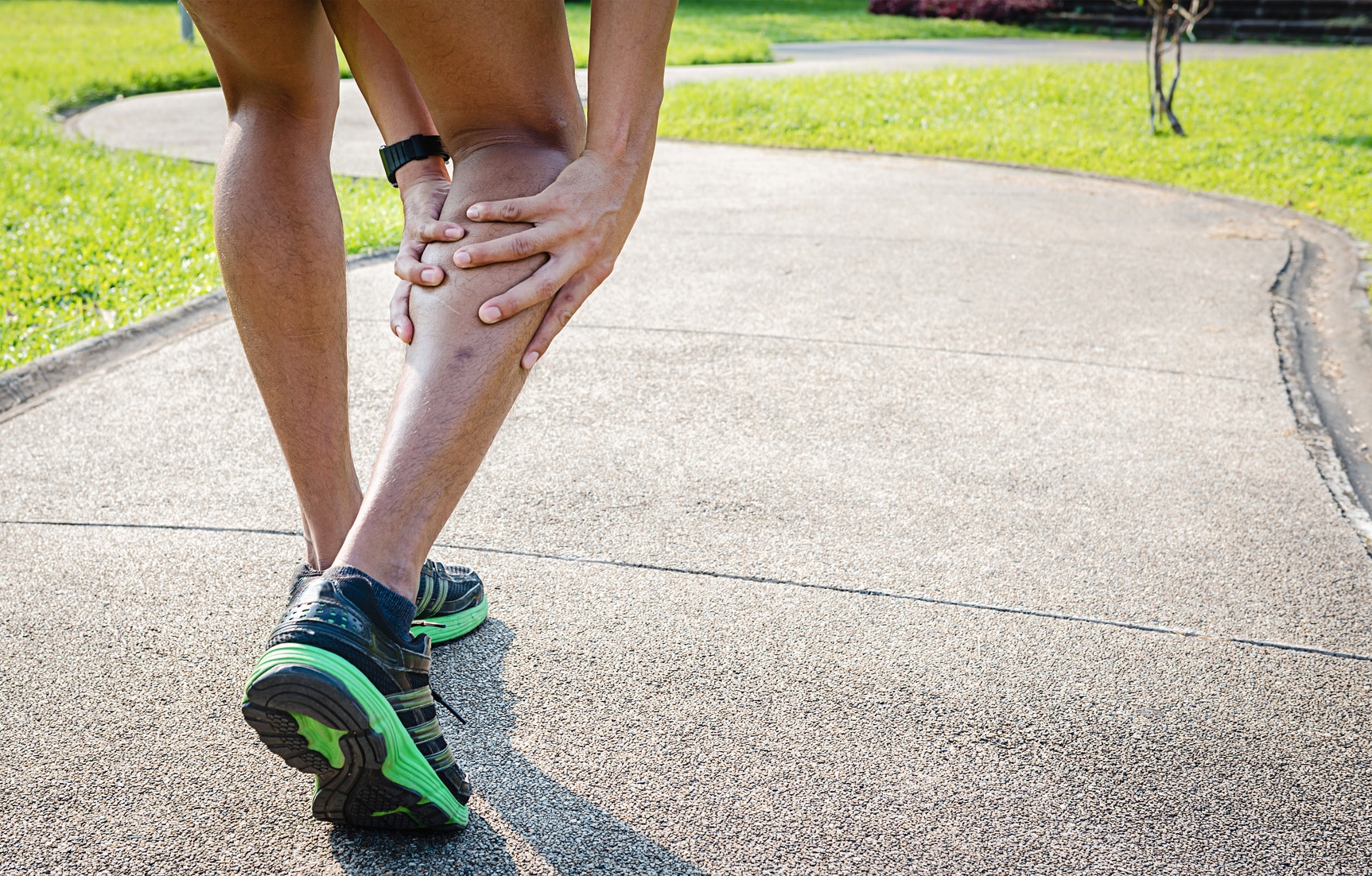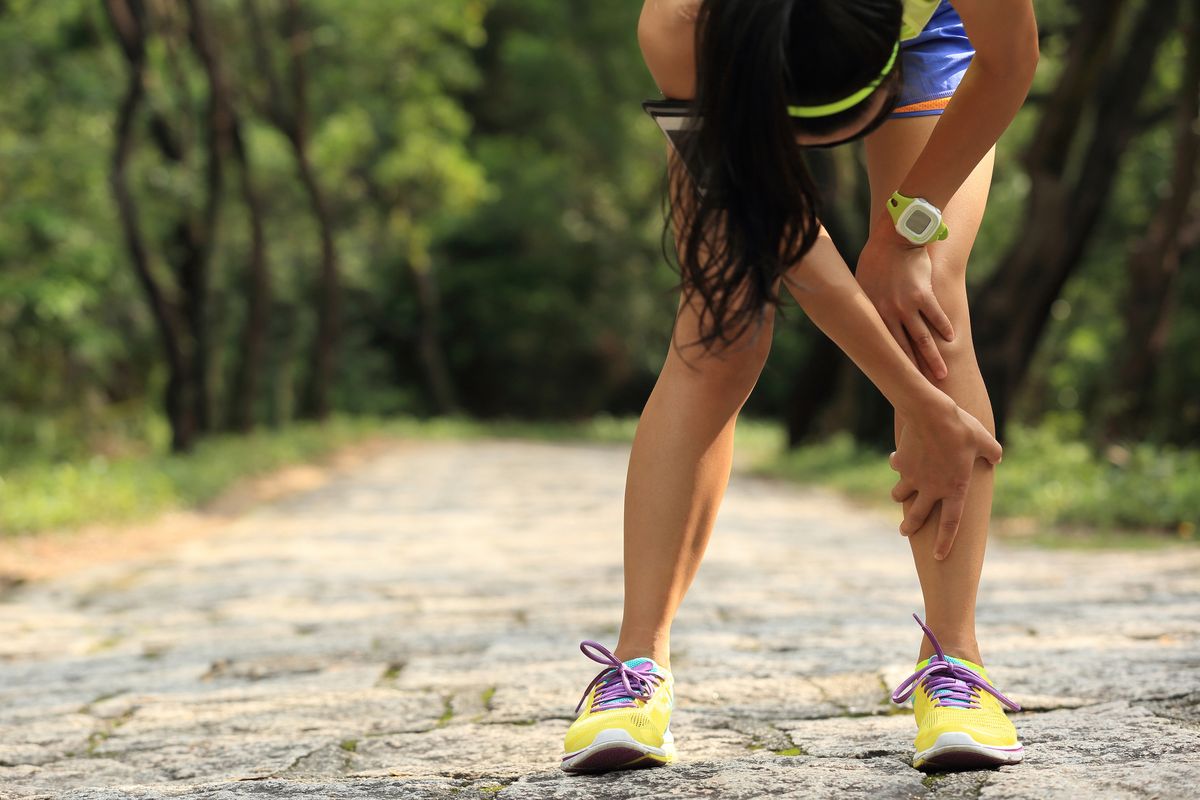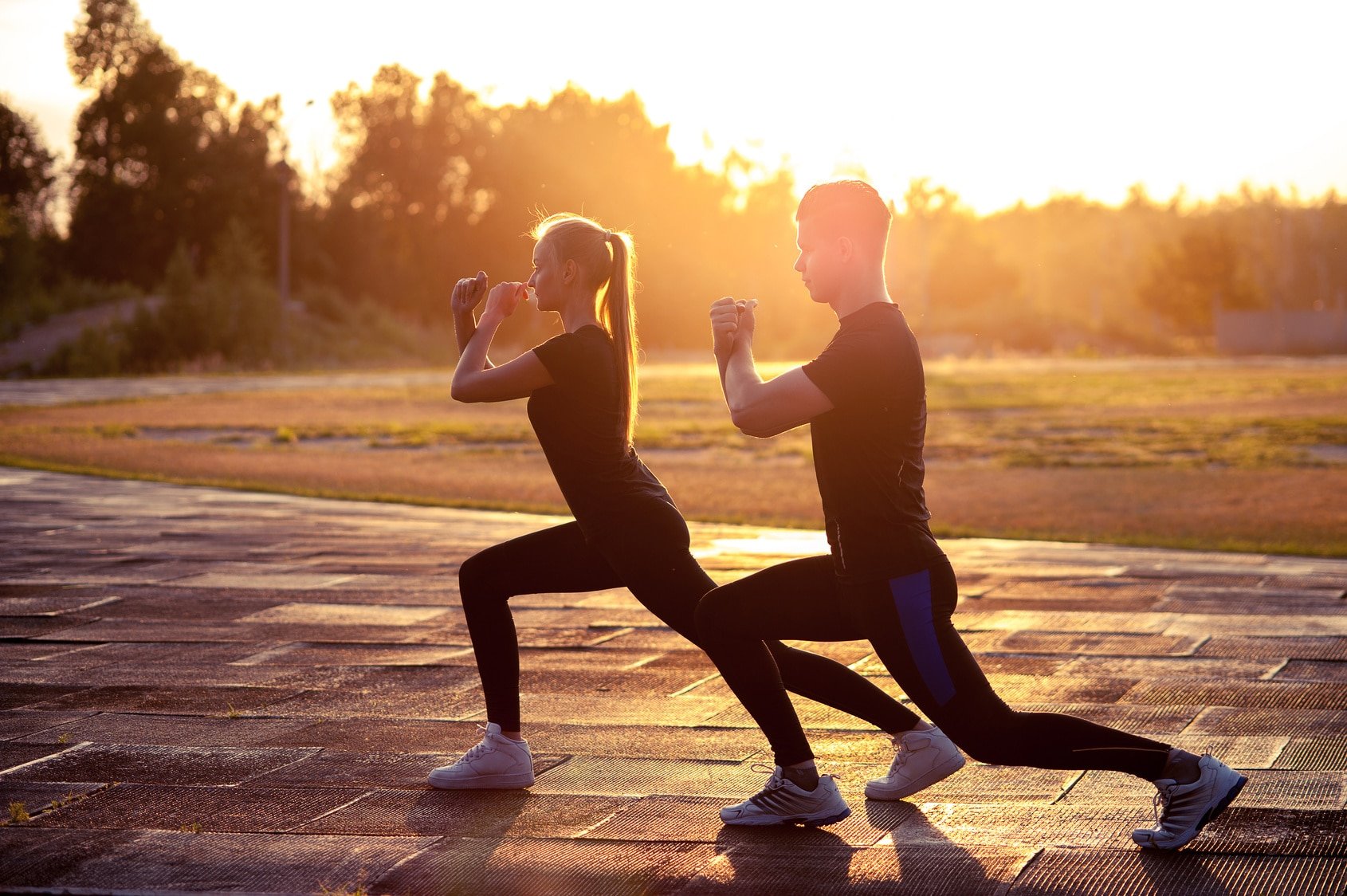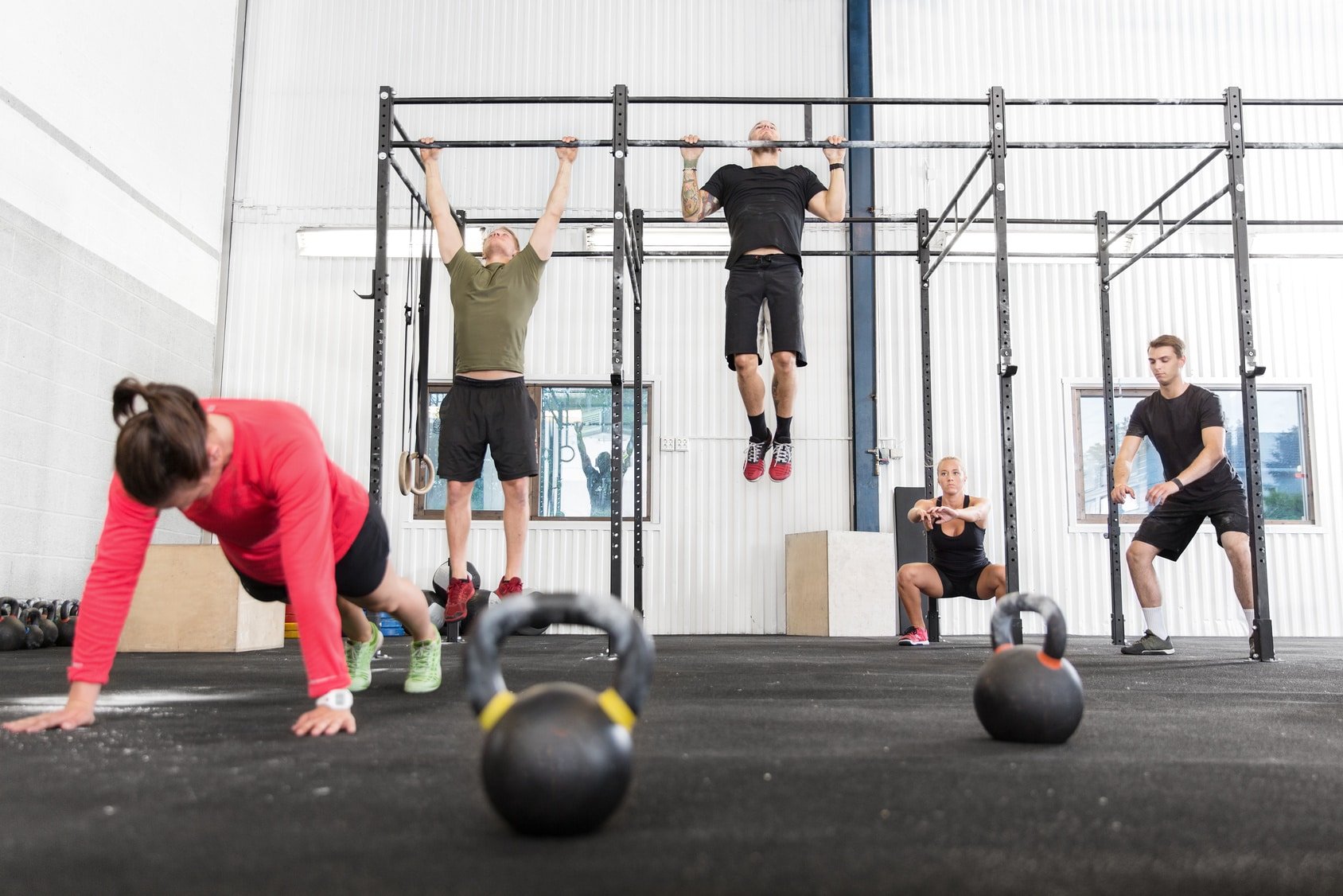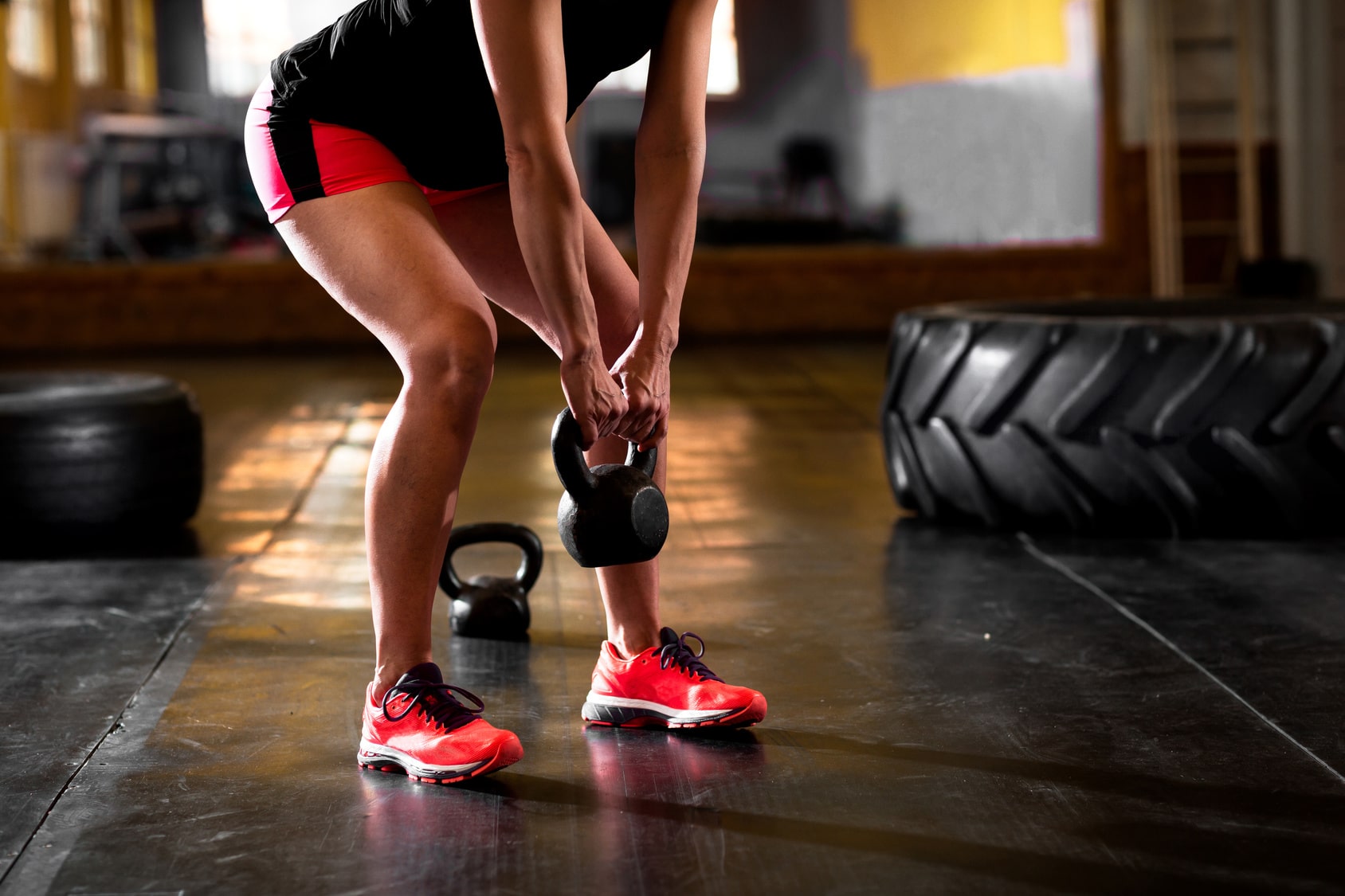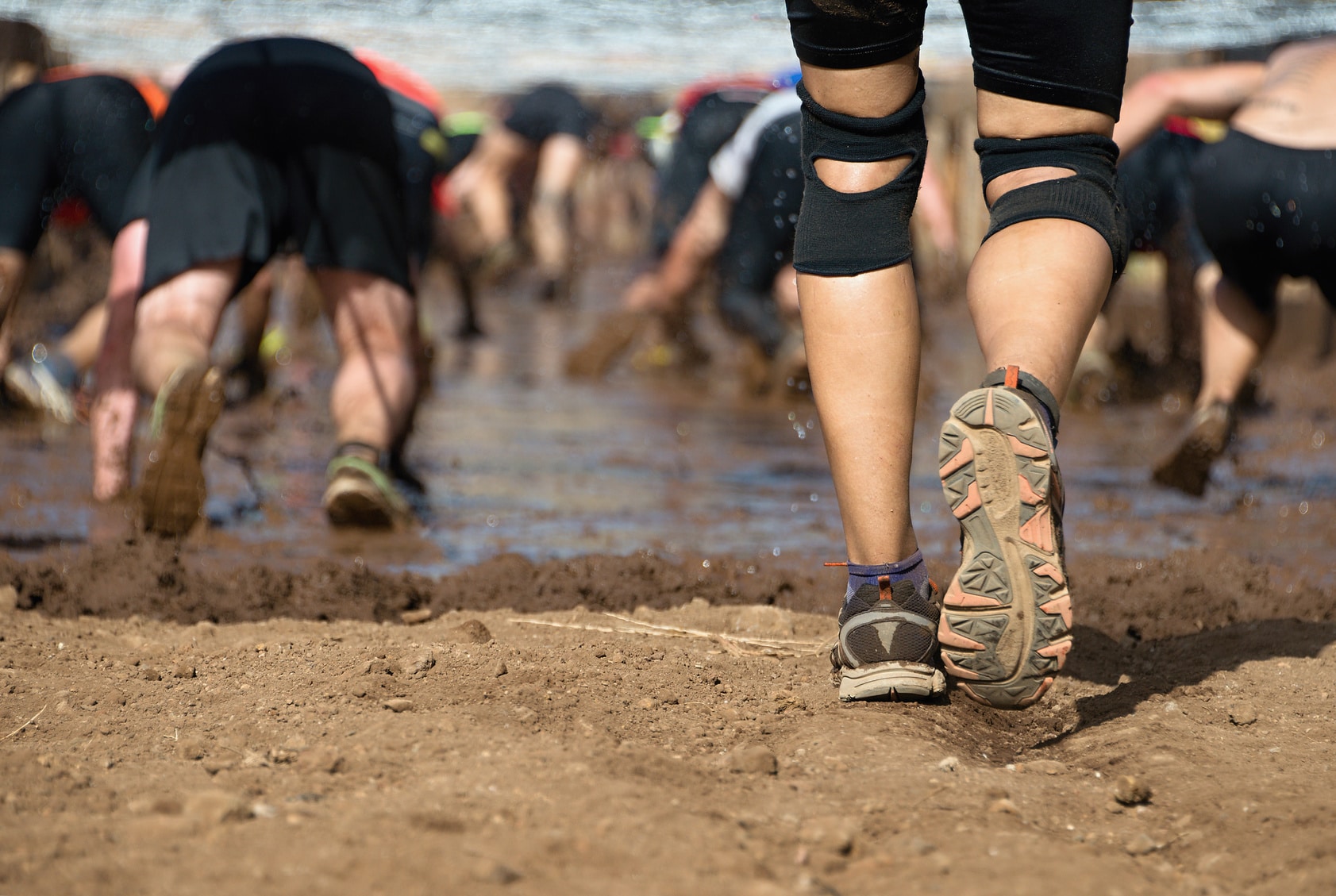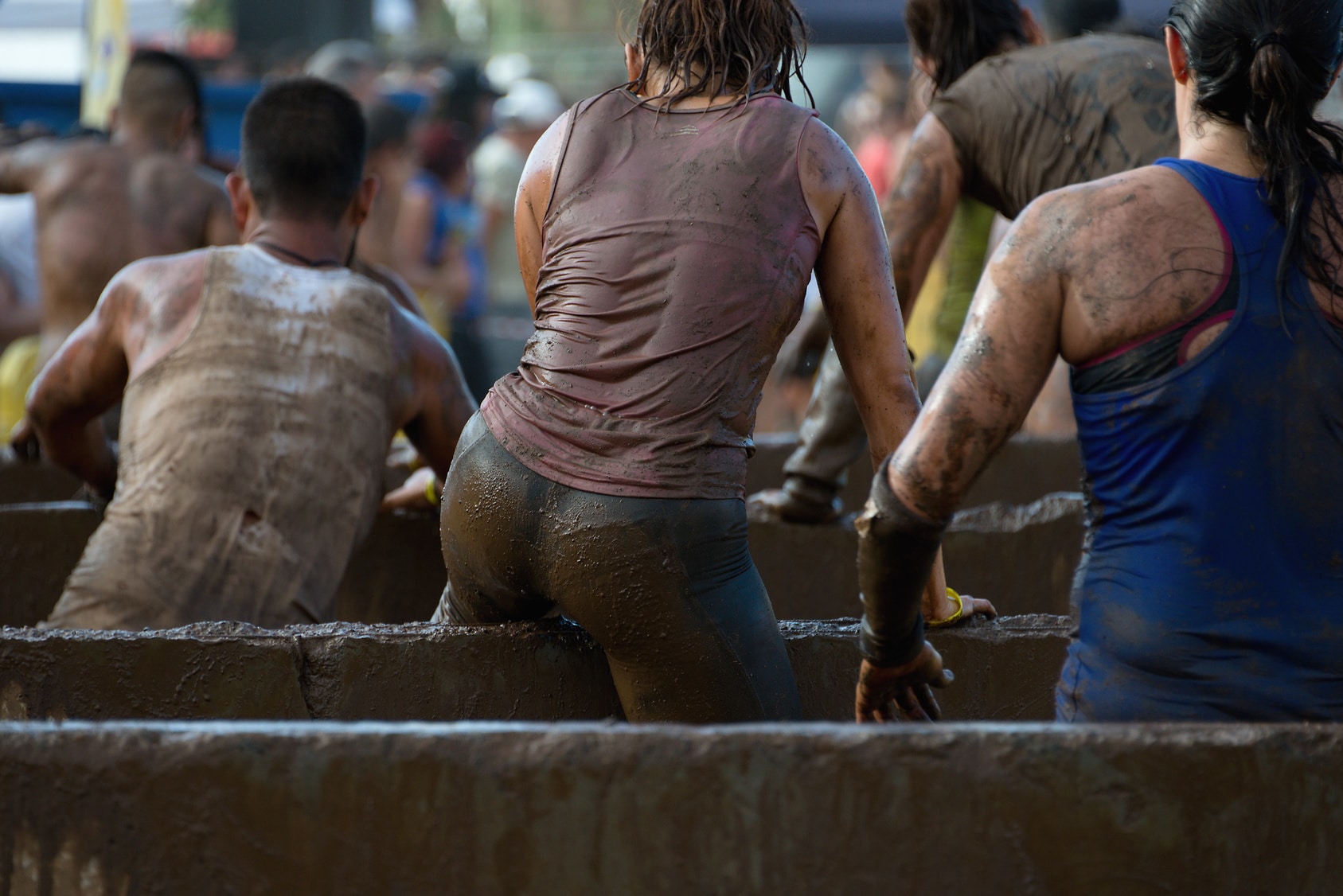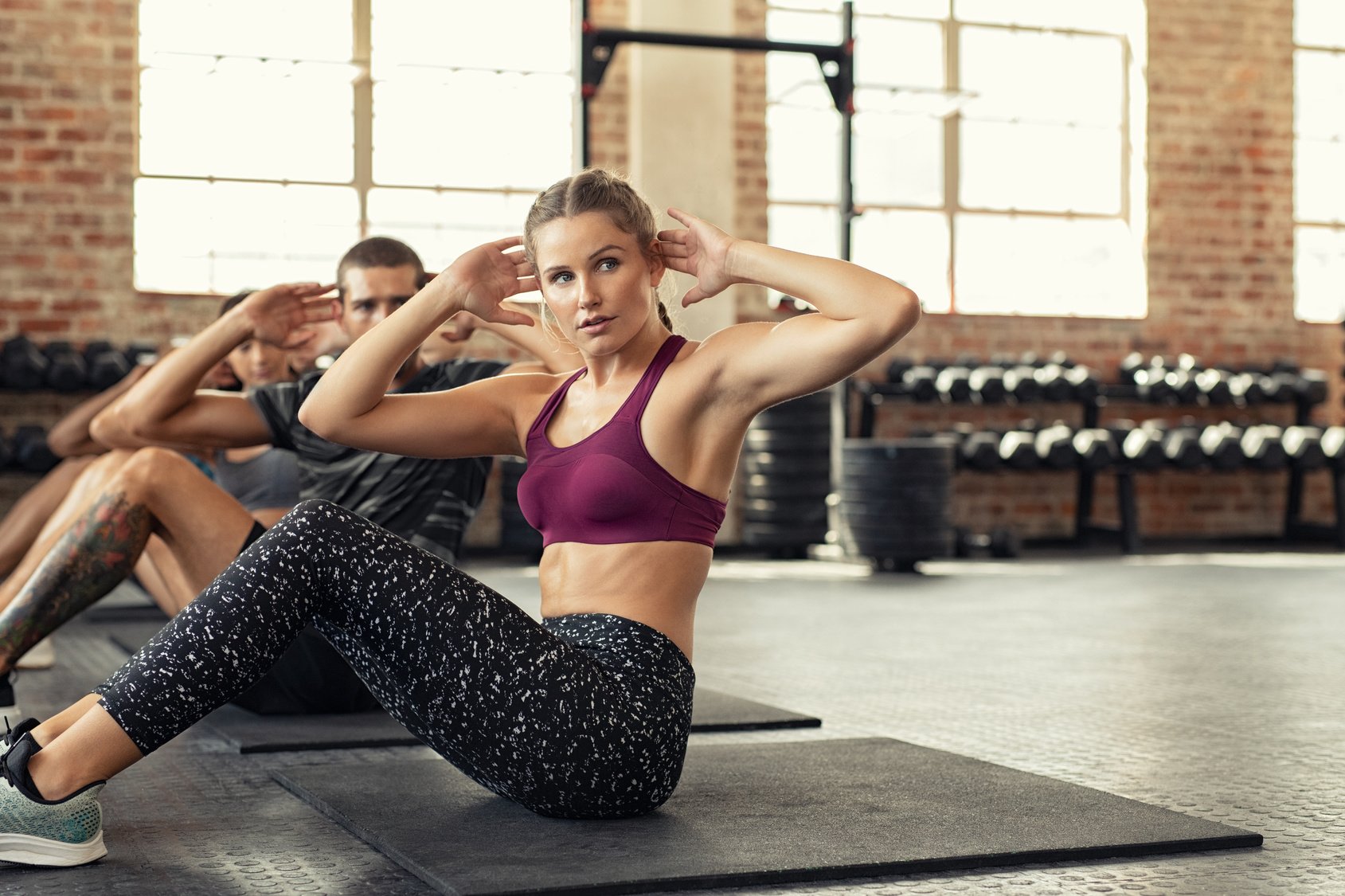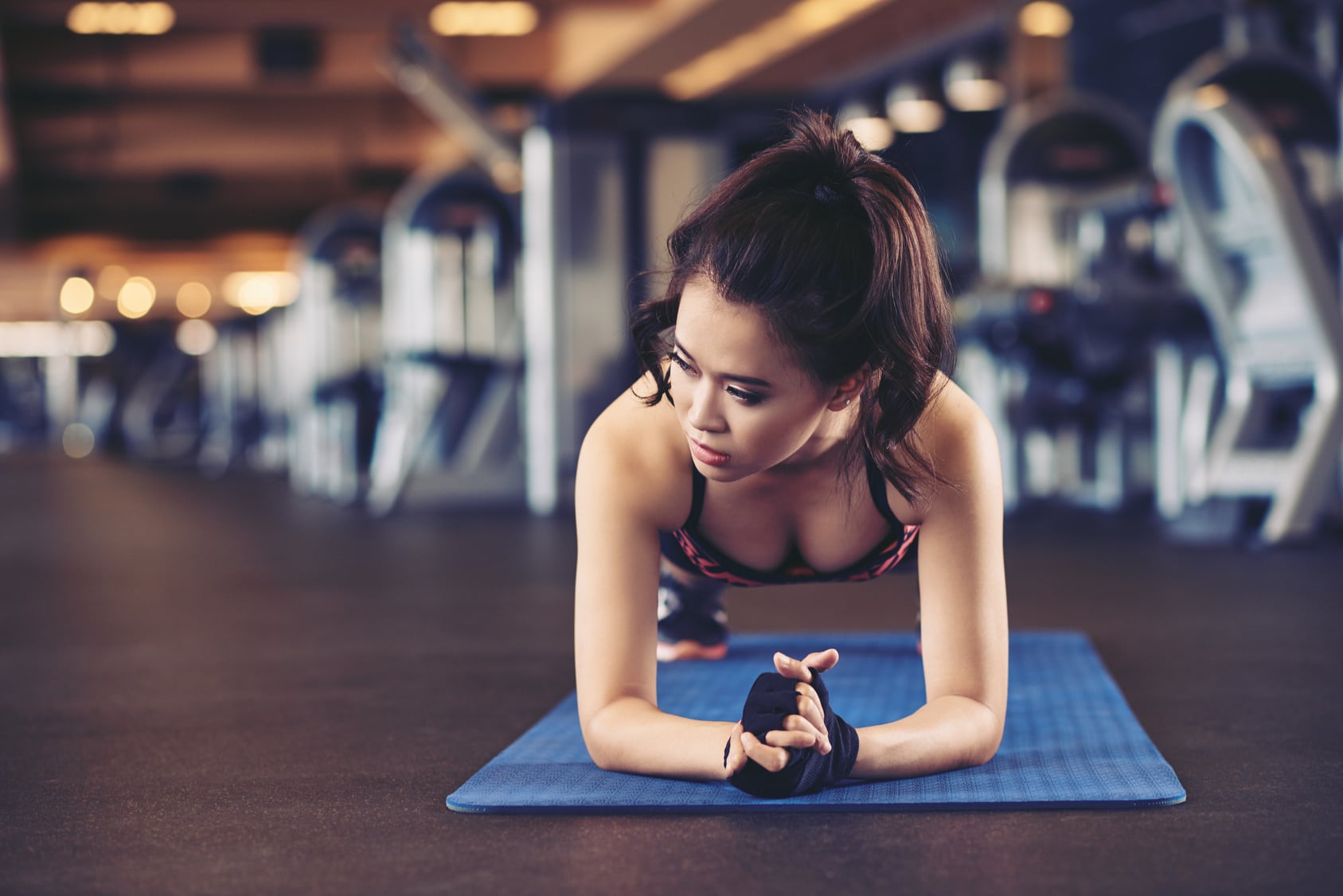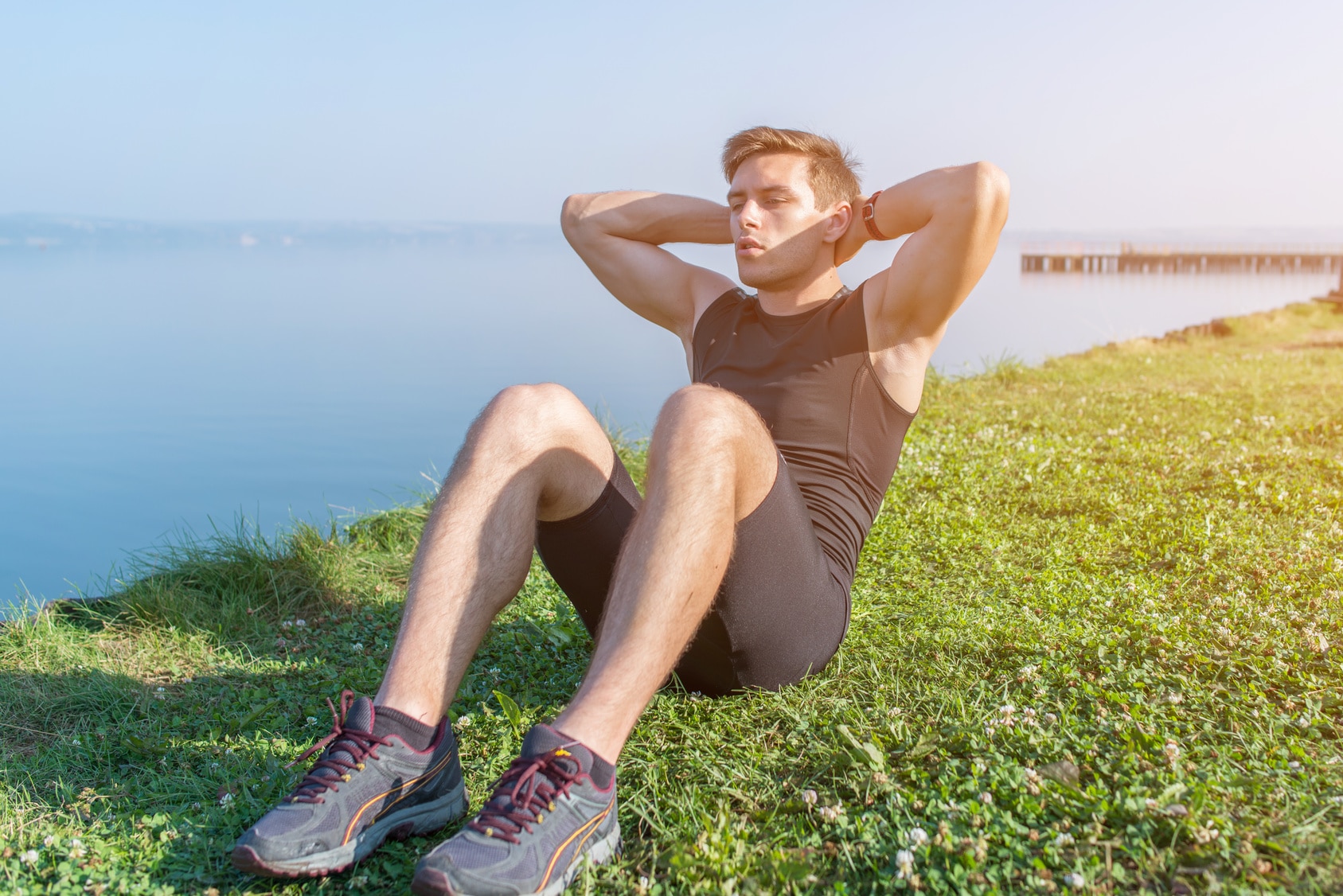If you’ve ever found yourself daydreaming about conquering muddy obstacles, crawling under barbed wire, and leaping through flames, then hold on tight because I’ve got some exhilarating news for you.
Obstacle course races are here to satisfy your craving for extreme challenges like never before!
In the past few years, these wild and insane events have taken the world by storm and have become the ultimate playground for adrenaline junkies like yourself. And guess what? They’re not going anywhere anytime soon. In fact, they’ve grown from being a niche hobby to a global phenomenon that captivates the hearts and minds of millions of athletes all over the world.
From the muddy trenches to the towering walls, every obstacle becomes a metaphor for life’s challenges. And as you conquer each hurdle, you’ll discover a newfound confidence, resilience, and an unwavering belief in your own abilities.
Let’s dive into the incredible world of obstacle course races, where dreams are realized and limits are shattered. Are you ready to rise to the challenge?
Obstacle Course Races Demystified
Obstacle course races, also known as OCRs, are not your typical leisurely jog through the park. Oh no, they are an all-out test of your physical and mental fortitude that will push you to the very edge of your limits.
Imagine this: you’re facing a muddy, treacherous battlefield filled with military-style obstacles that seem straight out of an action movie. Your mission, should you choose to accept it, is to conquer each and every one of these gut-busting challenges. From scaling towering walls and navigating greasy monkey bars to climbing cargo nets and conquering rope climbs, every obstacle demands strength, stamina, coordination, and a whole lot of mental toughness.
But here’s the kicker: obstacle course races come in all shapes and sizes. The distance alone can vary from a thrilling three miles to a jaw-dropping 25 miles or more. And it’s not just about the distance; it’s about the heart-pounding obstacles that await you at every turn. Picture yourself swimming through frigid pits of water, carrying heavy objects that test your strength to its very core, and even jumping through roaring flames.
Obstacle Course Training Explained
Preparing for an obstacle course race is a whole different ball game compared to training for your average road race. You see, it’s not just about pounding the pavement or increasing your mileage. Oh no, my friends, it’s about training your body to conquer every challenge that comes your way.
Here’s a little secret: you might think that road runners have the upper hand in OCRs because of their running background. But guess what? That’s not always the case. These races require more than just strong legs and endurance. Upper body strength plays a crucial role in conquering those jaw-dropping obstacles. So, while road runners might be speedy on the track, they might struggle when it comes to the monkey bars or rope climbs.
On the flip side, strength athletes like powerlifters, wrestlers, and football players may have all the brawn in the world, but they often face a different challenge. Endurance becomes their Achilles’ heel, as they need to build up the stamina to power through the entire race without hitting a wall.
In other words, obstacle course training is a balancing act that demands a little bit of everything. It’s a beautiful blend of strength, speed, endurance, and mental toughness.
The 3 Key Traits
Now, let’s not forget about mobility, speed, and agility. You need to be nimble like a ninja.
Flexibility and quickness will be your secret weapons as you twist, turn, and leap your way through the course.
And here’s the kicker: it’s not just about physical prowess. Mental toughness is equally important. You need that unwavering mindset that tells you to keep going when your body screams for a break. It’s the grit that propels you forward when others give up.
In a nutshell, you need to become the ultimate athlete, a force to be reckoned with on that course. But before you dive headfirst into training, we need to assess where you’re at. It’s time to get real and evaluate your current fitness level and goals.
Grab a pen and paper or open a document on your computer because we’ve got some questions to answer.
Let’s start with the basics:
What type of OCR are you aiming for?
- How long is the race you’re eyeing? And be honest, can you currently run that distance? Rate it on a scale of 1 to 10, with 10 being the toughest challenge you can imagine.
- Are you mentally tough? Can you withstand the mental hurdles that come with pushing your body to its limits?
- On a scale of 1 to 10, rate your overall fitness level.
- Any injuries? Are you currently recovering from any? We need to know to tailor your training accordingly.
- Are you incorporating regular strength training into your routine?
- Are you willing to invest your hard-earned cash just to get dirty and muddy, to put your ass on the line for the thrill of the race?
- And last but certainly not least, do you have that sense of adventure burning deep within you?
If your answers are mostly positive, then you’re ready to move on to the next section.
How much Time you need to train?
Listen up, OCR enthusiasts! Before we dive into the nitty-gritty of OCR training, I’ve got a little disclaimer for you. This program is not for the faint of heart or the couch potatoes among us. Oh no. You need to have a solid cardio and strength foundation before you embark on this epic journey.
So here’s the deal: you have to be fit. I mean really fit. To conquer that finish line, I highly recommend that you’re able to run at least 6 to 8 miles without breaking a sweat. If running isn’t your thing yet, don’t worry. I’ve got your back. Check out my beginner running programs to get you started on the right track.
Now, let’s get one thing straight: there’s no shortcut when it comes to mud runs and the sort. You can’t just skip fitness levels and expect to conquer those obstacles like a pro. It’s a step-by-step process, my friends. You’ve got to put in the work, embrace the sweat, and push your limits. Trust me, it’ll all be worth it when you’re climbing walls and leaping over fire.
The Ultimate Obstacle Course Training Guide
If you’re a complete beginner, get ready to embark on a journey of at least three to four months (and maybe even longer, depending on the race you’ve got your sights on). We’re in it for the long haul, folks!
Here’s the game plan: aim for three to four workouts a week, gradually increasing the intensity as you go. We’re all about progress here, so each week should be a step up from the last. It’s all about that gradual climb to greatness.
Now, if you’re already a seasoned runner with muscles of steel, you can shave some time off that training period. Give yourself a solid 4 to 8 weeks of targeted OCR training. We’re talking obstacle-specific workouts, my friends. It’s time to hone those skills and get your body primed for the challenges ahead.
But hey, if you consider yourself an intermediate or advanced athlete, we’re kicking things up a notch. Your goal is to train like a beast, hitting the gym or the trails 5 to 6 times a week. You’re a force to be reckoned with, and it’s time to unleash that inner OCR champion within you.
Endurance
Let’s talk about the bread and butter of these races: endurance. We’re not just talking about your run-of-the-mill 10K road race here. We’re diving into a world of trail running, muddy madness, and obstacles that’ll test every ounce of your stamina.
Hill and Speedwork
Picture this: you’re out there on the course, running through trails that wind through the wilderness. Your legs are pumping as you power up those hills, conquer the muddy terrain, and navigate through the obstacles that stand in your way. It’s an adventure unlike anything you’ve experienced before.
But here’s the secret sauce to conquering it all: speed work and hill reps. That’s right, my friends, we’re going to train those explosive powers and build the strength needed to dominate the entire course.
So let’s dive into the workouts that will take you to OCR greatness
1. Interval Run Workout
Let’s talk about a workout that will take your explosive power and stamina to the next level: interval running. Picture this: you’re on the course, pushing yourself to the limit as you sprint through the running segments and conquer those challenging obstacles. It’s like fartlek training on steroids!
So here’s the game plan for your first interval running workout:
Step 1: Warm-up
Before diving into the intense work ahead, you need to warm up those muscles and get your body ready. Spend a good 10 minutes doing a light jog or dynamic stretches. This will help prevent injuries and set the stage for a killer workout.
Step 2: Full Throttle Sprints
Now it’s time to unleash your inner speed demon. Give it your all and sprint at around 80 percent of your maximum speed for a full 30 seconds. Feel the power in your legs and the rush of adrenaline as you push yourself to the limit.
Step 3: Recovery Jog
After that burst of speed, it’s time to catch your breath and recover. Slow down to a comfortable jogging pace for a full minute. Let your body relax and prepare for the next round of intensity.
Step 4: Repeat and Conquer
Now here’s where the magic happens. Repeat the sprint and recovery process six to eight times. Each sprint should be a burst of pure energy, followed by a brief recovery period. Push yourself, but listen to your body and make adjustments if needed.
Step 5: Cool Down and Stretch
Congratulations, you’ve conquered your interval running workout! But we’re not done just yet. Transition into a relaxed and effortless jog to cool down your body. Take a few moments to stretch those muscles and give yourself a well-deserved pat on the back.
Remember, the intensity and duration of each interval should be tailored to your fitness level and goals. Listen to your body, push yourself within reason, and be mindful of avoiding any injuries.
2. The Hill Workout
Hill training increases both lungpower and lower body strength.
This combo is going to help you overcome many of the obstacles like the steep incline, the stairs and so on.
Get ready to conquer those challenging hills and unleash your inner strength with an exhilarating interval hill workout. Picture yourself ascending those steep inclines, feeling your lungs expand with each breath and your lower body growing stronger with every step. It’s like a symphony of lungpower and leg strength working together to tackle the obstacles that lie ahead.
Now let’s dive into the details of your interval hill workout:
Step 1: Find the Perfect Hill
Scout out the nearest hill with a steep gradient, ideally ranging from 5 to 10 percent. This hill should be challenging enough to give your legs and lungs a good workout. It should take you approximately one to two minutes to reach the top at your maximum running speed.
Step 2: Warm-Up Ritual
Before charging up that hill, it’s crucial to prepare your body for the intense effort ahead. Begin with a slow 5-to 10-minute jog on flat terrain. This gets your blood flowing, raises your body temperature, and primes your muscles for the work to come.
Step 3: Power Up the Hill
Now it’s time to unleash your cardio power and tackle that hill like a true champion. Set your pace at around 80-90 percent of your maximum effort and sprint up the hill with all your might. Feel the burn, embrace the challenge, and keep pushing until you reach the top.
Step 4: Recover and Repeat
Once you’ve conquered the hill, take a slow and leisurely walk back down to the starting point. Catch your breath, allow your heart rate to come down, and prepare for the next round. Repeat this cycle of hill sprints and recovery four to six times, depending on your fitness level and energy reserves.
Step 5: Cool Down and Stretch
Now it’s time to bring your body back to a calm state. Jog slowly for about 5 minutes, allowing your heart rate to gradually return to normal. And don’t forget to reward your hard-working muscles with some gentle stretching to promote flexibility and recovery.
Remember, it’s essential to listen to your body throughout the workout.
If you start to lose speed, form, or both, it’s a sign that you’ve pushed yourself enough for the day. Safety should always come first.
3. Long Run Workout
Get ready to take your lung power and endurance to the next level with the secret weapon of every OCR champion: the long run. It’s time to lace up your shoes, hit the trails, and unleash your inner OCR beast.
So, how far should you go? Let’s break it down.
To truly prepare yourself for the demands of the race, aim to conquer a non-stop run of at least 8 miles. Feel the rhythm of your feet hitting the ground, your breath steady and controlled. This is where you build your endurance foundation, setting the stage for success.
But wait, if you’re not quite there yet, don’t worry. Start by mastering a comfortable 10K distance without gasping for air. Once you’ve conquered that milestone, you’ll be ready to tackle the OCR challenge head-on.
Now, let’s dive into the secrets of maximizing your long runs:
Trail Time Bliss
To truly optimize your long runs, take them off the beaten path. Embrace nature’s playground as you spend a minimum of 90 minutes exploring the twists and turns of the trails. Feel the connection with the earth beneath your feet and let the serene surroundings fuel your spirit. It’s a recipe for an invigorating and fulfilling workout.
Simulate the Course, Unleash Your Power
If you’re aiming to dominate the OCR race, it’s time to kick things up a notch. Elite athletes know the power of simulating race conditions during training. Step out of your comfort zone and embrace the elements. Challenge yourself with rainy runs, muddy hill sprints, and invigorating cold morning workouts. By training in conditions similar to the actual race, you’ll be prepared for whatever obstacles come your way.
Wet & Wild for the Win
If you want to take it to the next level, go the extra mile (or puddle) and run in wet clothes and shoes. Yes, you heard it right. By simulating the real racing conditions, you’ll be mentally and physically prepared for anything that OCR day throws at you. Embrace the discomfort, push through the resistance, and emerge stronger than ever.

Simulation Options – Advanced Workouts
4. The Interval Sprint Body Weight Workout
Ready to take your interval runs to a whole new level? Get ready to supercharge your training by incorporating bodyweight exercises into your sessions. It’s time to push your limits and unleash the true potential of your body.
Why add bodyweight exercises, you ask? Well, it’s simple. By integrating these exercises into your intervals, you’re teaching your body the art of relentless movement, even when fatigue tries to conquer you.
Now, let’s dive into a sample workout that will test your physical and mental fortitude:
Warm-Up Wonderland
Start your journey with a dynamic warm-up that gets your blood pumping and your muscles primed for action. Spend a solid 10 minutes warming up your body, preparing it for the challenges ahead. Trust me, this step is crucial for preventing injuries and getting the most out of your workout.
The Intense Circuit
Now it’s time to unleash the beast within. Complete the following circuit two to three times, with minimal rest between exercises. Keep pushing yourself, knowing that every rep and every stride brings you closer to your OCR goals:
Begin with a 400m sprint at a pace that mirrors your 5K speed. Feel the exhilaration as you pick up the pace, pushing your limits with each stride.
Catch your breath momentarily and transition into 40 walking lunges, igniting your leg muscles and building strength from within. Then, unleash your inner strength with 30 standard push-ups, testing the limits of your upper body power.
Feel the adrenaline surge as you embark on another 400m sprint, this time slightly faster than your 5K pace. Embrace the challenge, knowing that every step brings you closer to victory.
Shift gears and perform 40 bodyweight squats, fueling your lower body with explosive power. Then, hold a plank position for a mighty 90 to 120 seconds, building core stability and mental resilience.
Catch your breath? Not yet. It’s time for another 400m sprint, picking up the pace once again. You’re unstoppable, a force to be reckoned with.
Push through the fatigue and conquer 30 burpees, tapping into your full-body strength and endurance. Don’t stop there! Follow it up with 40 mountain climbers, driving your knees towards your chest as you conquer every obstacle that stands in your way.
And finally, summon every ounce of energy for your last 400m sprint, giving it everything you’ve got. Feel the rush of adrenaline as you sprint towards the finish line, victorious in your pursuit of greatness.
Additional resource – How To Run a faster a mile plan
5. The Tempo Obstacles Simulation Workout
It’s time to dive into the Tempo Obstacles Simulation Workout, designed to test your endurance, strength, and mental grit.
Now, let’s tackle the workout like a true warrior:
Tempo Pace Mile
Following a good warm-up, kick things off with a one-mile run at a tempo pace. Find your rhythm, feel the ground beneath your feet, and set the pace that challenges you. This mile sets the stage for what’s to come, preparing your body and mind for the obstacles ahead.
Scaling the Walls
Take on the challenge of conquering the walls. Face seven ten-foot wall climbs, each one demanding your strength and determination. Picture yourself as a skilled climber, scaling new heights with each climb. Feel the burn in your muscles as you overcome the obstacles standing in your way.
Another Mile, Another Tempo
After mastering the wall climbs, it’s time to hit the ground running again. Push yourself through another one-mile run at a tempo pace. This is your chance to prove your endurance, pushing your limits as you cover the distance with determination and grace.
The Wall Challenge Continues
Gear up for another round of wall climbs. Face the challenge head-on as you conquer five ten-foot wall climbs. Feel the satisfaction of overcoming each obstacle, fueling your inner fire and reminding yourself of the unstoppable force you’ve become.
Keep Tempo, Keep Going
Don’t let up on the intensity. Keep your pace strong as you embark on another one-mile run at a tempo pace. Feel the rhythm of your breath and the power in your strides as you push through the miles. This is where champions are made.
Scaling New Heights
The wall climbs aren’t over just yet. Take on three more ten-foot wall climbs, summoning your strength and resilience. Each climb represents another victory, propelling you closer to the finish line.
Finish Strong
Now it’s time to unleash your inner beast. Push your limits as you embark on a one-mile run at the fastest pace you can sustain. Imagine yourself in the heat of the race, pushing past your competitors, and sprinting towards victory. This is your moment to shine.
Victory in Every Climb
Finish the workout by conquering seven more ten-foot wall climbs. Feel the surge of accomplishment as you scale each wall, knowing that you’ve tackled every obstacle in your path.
Cool Down and Reflect
As you wrap up this challenging workout, allow yourself to cool down with a gentle jog and reflective cool-down routine. Take a moment to appreciate the strength and resilience you’ve displayed throughout the workout. You’re one step closer to OCR greatness.
Remember, this simulation workout is your opportunity to push yourself and prepare for the real challenges of an OCR. Embrace the obstacles, conquer the walls, and let your inner warrior shine.
6. Long Runs 2.0
You’re out on the open road, feeling the wind in your hair and the rhythm of your footsteps. But this time, you’re not just focusing on the miles. Every 10 to 15 minutes, it’s game time for your muscles and endurance..
As you clock in those miles, incorporate these energizing bodyweight exercises into your run:
Lunge Steps
Every 10 to 15 minutes, switch gears and perform 25 lunge steps. Feel the burn in your quads and glutes as you power through each step. Engage your core and maintain proper form, envisioning yourself as a fearless warrior striding confidently towards victory.
Pushups
Drop down and give me 25! Transition seamlessly from your lunge steps to 25 pushups. Engage your chest, shoulders, and triceps as you lower your body towards the ground and push yourself back up. Embrace the challenge, knowing that each pushup brings you one step closer to greatness.
Air Squats
Keep that momentum going with 25 (or more) air squats. Feel the power in your legs as you sink into a deep squat, then rise up explosively. Let the metaphorical weights of doubt and fatigue be lifted with each squat, leaving you stronger and more determined than ever.
Burpees
Prepare for the ultimate test of strength and endurance. Drop down to the ground and knock out 25 burpees. Push yourself to your limits as you jump back, perform a pushup, spring back up, and finish with a mighty jump. Each burpee represents a moment of triumph, propelling you forward on your journey.
Total body Fitness
Imagine yourself as a warrior, ready to conquer the challenging obstacles that lie ahead on your OCR journey. While running is important, it’s time to unlock the power of total body fitness and unleash your inner strength.
You see, running alone can only take you so far. To truly excel in the world of obstacle course racing, you need to focus on building a strong and resilient body that can overcome any challenge thrown your way. Strength training is the key, and it has five primary goals that will transform you into an OCR force to be reckoned with.
- Goal number one: Total Body Conditioning. It’s not just about pumping iron or isolating specific muscles. We’re talking about a holistic approach that targets every inch of your body, from head to toe. A well-rounded strength training routine will enhance your overall fitness, making you a well-oiled machine ready to take on any obstacle that comes your way.
- Goal number two: Grip Strength. Imagine yourself clinging to a rope or scaling a towering wall. Your grip strength is crucial in these moments of triumph. Incorporating exercises that challenge and strengthen your grip will ensure you never slip through the cracks of defeat.
- Goal number three: Picture yourself swiftly maneuvering through a maze of obstacles, like a graceful dancer gliding across a stage. Agility is your secret weapon. Through targeted exercises that improve your speed, quickness, and coordination, you’ll conquer obstacles with relative ease.
- Goal number four: Explosive Power. Sometimes, you need to explode into action, propelling yourself over walls or leaping across gaps. Developing explosive power through plyometric exercises and explosive movements will give you that burst of energy to conquer any obstacle in your path.
- Goal number five: Just as a tightrope walker maintains perfect balance, you too must find equilibrium on your OCR journey. By incorporating balance exercises into your training routine, you’ll enhance your stability, core strength, and coordination, allowing you to conquer those wobbly beams and unstable platforms.
Compound is King
If you want to unlock the true power within you, then it’s time to embrace the kings of strength training: compound movements. These multi-joint exercises are like the superheroes of the fitness world, targeting multiple muscles and unleashing a surge of full-body strength.
Research studies have shown that compound movements lead to significant improvements in strength and performance. They mimic the functional movements required in OCR, making them essential in your training arsenal.
So, what are these mighty movements that will take your OCR game to the next level? Get ready to unleash the beast within with these essential exercises:
- Deadlifts: Like lifting heavy boulders from the ground, deadlifts strengthen your posterior chain, including your glutes, hamstrings, and lower back. It’s the ultimate test of raw power and resilience.
- Pull-ups: Imagine yourself conquering obstacles with ease, effortlessly pulling yourself up and over walls. Pull-ups build a strong upper body, targeting your back, arms, and core, transforming you into a climbing machine.
- Standing Overhead Presses: As you press a heavy weight overhead, you channel the strength of a warrior raising a mighty weapon. This exercise targets your shoulders, triceps, and core, enhancing your upper body strength and stability.
- Squats: Picture yourself descending into a warrior’s stance, ready to overcome any challenge that lies ahead. Squats work your quads, glutes, and hamstrings, giving you the leg power to conquer steep inclines and deep mud pits.
- Back Squats: Similar to regular squats, back squats take it up a notch by adding a barbell across your shoulders. This full-body exercise builds strength, stability, and power, preparing you for the demanding rigors of OCR.
- Power Cleans: Embrace the explosive force of power cleans, as you hoist a weight from the ground to your shoulders in one swift movement. This exercise targets your hips, legs, back, and shoulders, developing the power and coordination needed to dominate obstacles.
- Thrusters: Imagine yourself combining a squat and an overhead press into one fluid motion. Thrusters are the epitome of full-body strength, working your legs, core, and shoulders simultaneously, replicating the challenges you’ll face on the course.
- Push-ups: Channel the strength of a warrior pushing through adversity. Push-ups strengthen your chest, triceps, and shoulders, boosting your upper body endurance and control.
- Dips: Imagine yourself suspended between two bars, defying gravity as you dip down and push back up. Dips target your chest, triceps, and shoulders, enhancing your pushing power and stability.
- Bench Presses: Like a heavyweight contender, bench presses develop your chest, shoulders, and triceps, giving you the pushing strength to overcome obstacles and dominate the course.
Be Stable
Also, most OCR events are going to force your body to use muscles you didn’t know you had.
And in ways, you are not used to.
That’s why you’ll also need to work on increasing strength in your stabilizing muscles.
These are vital for keeping balance on slippery surfaces as well as sliding around in the mud.
Agility
To increase your agility, do plenty of plyometric exercises such as jump squats, kettlebell swings, box jumps, and burpees. Here’s the speed and agility ladder workout you need.
Grip Strength
For the grip strength, one of the best exercises you can do is the kettlebell swings.
This grip strength will help you get you over the wall and be able to grip and climb a rope with relative ease.
Without further ado, here are the workouts you need:
7. The Dynamic Strength Workout:
Purpose: Increase total body conditioning
After a thorough 10-minute dynamic warm-up, perform Five sets of the following exercise:
- 50 bodyweight squats,
- 50 mountain climbers,
- 30 push-ups,
- 30 lunges,
- 20 burpees, and
- 8 pull-ups.
Please keep going strong throughout the workout and take as little rest possible between each exercise.
Your goal here is to keep your heart rate soaring high throughout the workout with the aim of building endurance and strength at the same time.
8. The agility and Speed Workout:
Purpose: Boost speed
After a thorough 10-minute dynamic warm-up, do at least three to four sets of the following exercises
- 30 kettlebell swings,
- 30 med ball slams,
- 25 box jumps,
- 15 jumping burpees and
- 30 jump squats.
Please keep in mind that plyo exercises are the epitome of intensity.
So, take at least 30- to 45-second of rest between each exercising, then one to two minute between each set.
And whatever you do, please perform the exercises with good form.
Bad form will only lead to injury and limited growth.
And you don’t want that.
For more challenge, feel free to strap on or add some weights to the workouts.
9. The total body strength workout:
Purpose: Increase total body explosiveness and power
Here is the mother of all strength training workouts.
To complete this beauty workout, do four to six sets of the following exercises:
- 8 to 10 back squats,
- 8 to 10 deadlifts,
- 8 to 10 bench presses,
- and 8 to 10 chin-ups.
Make sure to pick the right weights.
For instance, I highly recommend that you Perform the deadlift and bench press at, at least, your current bodyweight.
If you are not there, then work on getting there.
Take at least one minute of rest between each exercise and as much recovery as needed between each round.
10. Bodyweight Workout
Purpose: boost total body strength using nothing but your bodyweight
Here is a workout to try:
- 10-15 military Push-ups
- Bear Crawl 15-25 yards
- 10-15 Squats
- 8-10 Pull-ups
- 10-12 Burpees with a jump
- 20 Spider Lunges.
OCR Training Program – The weekly plan
The following weekly training plan should give you an idea of how to proceed.
Monday – Long run
Run five to eight miles at a slightly comfortable pace.
Tuesday – Upper Body Strength
Complete five sets of the following:
- Pull-ups
- Plank dumbbell row
- 90-second planks
- Chin-ups
- Chest presses
Wednesday
Following a warm-up, spring up a hill for 30 to 45 seconds, then jog back down.
Repeat the circuit for 20 to 30 minutes.
Thursday – Lower Body Workout
Complete five sets of the following:
- Single-leg deadlifts
- Squats
- Weighted jump lunges
- Bulgarian squats
Friday – Endurance Intervals
Following a 10-minute warm-up, perform eight to ten 200-meter sprints with a 30-second rest after each. Follow with an easy 10-minute jog as a cool down.
Saturday – Total Body Endurance Workout
Complete five sets of the following:
- Squats to upright rows
- Woodchop lunge
- Push-ups
- Bear Crawls
- 20 Burpees
Sunday – Easy Run
Run 20 to 30 minutes at a comfortable pace.

